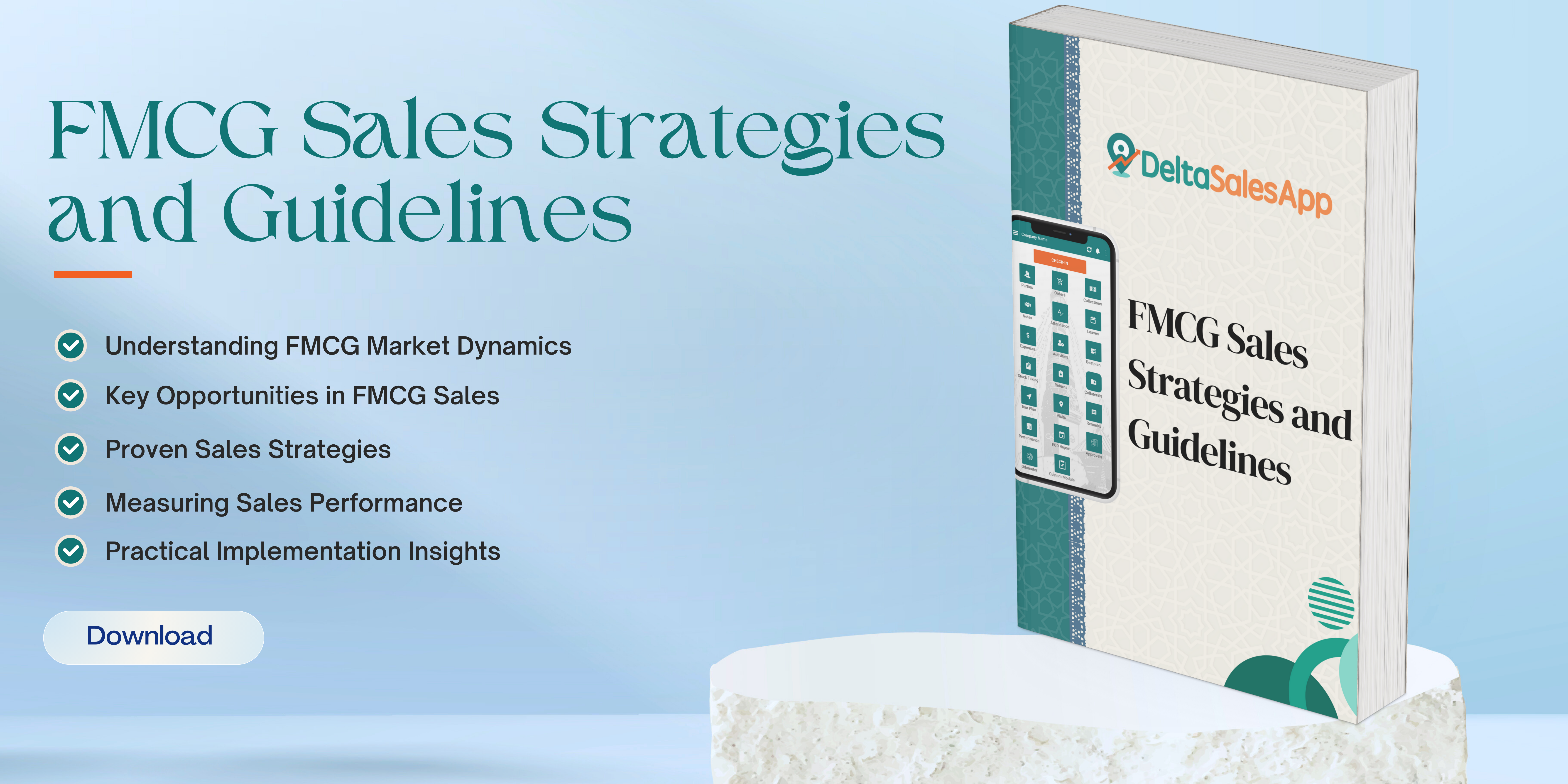BTL (Below the Line Marketing)
What is BTL ?
In today’s dynamic business landscape, marketing strategies have evolved to cater to increasingly segmented audiences. Below-the-line (BTL) marketing is one such approach that focuses on targeted, direct communication with consumers. Unlike Above-the-Line (ATL) marketing, which employs mass media channels such as television, radio, and print advertisements, BTL marketing is more personalized and interactive. It includes strategies like direct mail, sponsorships, in-store promotions, event marketing, and digital marketing efforts tailored to specific customer segments. This article explores the key elements, advantages, and applications of BTL marketing in modern businesses.
Key Elements of BTL Marketing
BTL marketing comprises several core strategies that help businesses create meaningful connections with their customers. Some of the most effective BTL tactics include:
Direct Marketing – This includes email marketing, SMS campaigns, telemarketing, and direct mail. Businesses use these methods to establish direct contact with consumers, ensuring their messages reach the intended audience.
Experiential Marketing – This involves engaging customers through live experiences, such as product demonstrations, brand activations, and events where consumers can interact with a brand firsthand.
Sales Promotions – Tactics such as discounts, coupons, loyalty programs, and contests are used to incentivize customers to make a purchase.
Sponsorship and Brand Partnerships – Companies collaborate with influencers, community organizations, or events to improve brand visibility and credibility.
In-Store Marketing – Promotional displays, sampling, and personalized customer engagement at retail outlets help attract attention and influence buying decisions.
Digital and Social Media Marketing – With the rise of online platforms, targeted social media ads, influencer marketing, and content-driven strategies have become essential BTL tools.
Advantages of BTL Marketing
BTL marketing offers several advantages over traditional marketing methods, making it a preferred choice for businesses aiming to engage customers effectively. Some key benefits include:
Higher Engagement and Personalization – Since BTL campaigns are tailored to specific audience segments, they create a stronger connection between brands and consumers.
Cost-Effectiveness – Compared to large-scale mass media campaigns, BTL marketing strategies are often more budget-friendly while delivering measurable results.
Measurable Results – Digital and direct marketing campaigns provide real-time data and insights, allowing businesses to track effectiveness and optimize strategies.
Better Conversion Rates – Since BTL marketing is highly targeted, it often leads to higher conversion rates and increased return on investment (ROI).
Stronger Customer Loyalty – By offering personalized interactions and incentives, BTL marketing fosters long-term customer relationships and brand loyalty.
Applications of BTL Marketing in Modern Business
Different industries leverage BTL marketing to reach their target audiences effectively. Some common applications include:
Retail and FMCG (Fast-Moving Consumer Goods) – Supermarkets and brands use in-store promotions, product sampling, and loyalty programs to encourage purchases.
Banking and Financial Services – Personalized email marketing, customer events, and referral programs help banks attract and retain customers.
Technology and E-Commerce – Digital advertising, influencer partnerships, and targeted promotions drive online sales and brand engagement.
Healthcare and Pharmaceuticals – Direct-to-consumer outreach, health camps, and sponsorship of medical events enhance brand credibility.
Automotive Industry – Test drives, roadshows, and exclusive launch events allow consumers to experience new vehicles firsthand.
Conclusion
BTL marketing has become an integral part of modern marketing strategies due to its ability to engage customers on a personal level. By leveraging targeted approaches such as direct marketing, experiential events, and digital campaigns, businesses can enhance brand loyalty and drive sales. As consumer behavior continues to evolve, companies must adopt innovative BTL techniques to stay competitive in the market. Ultimately, a well-executed BTL strategy ensures that brands remain relevant and connected to their audience in an increasingly crowded marketplace.






